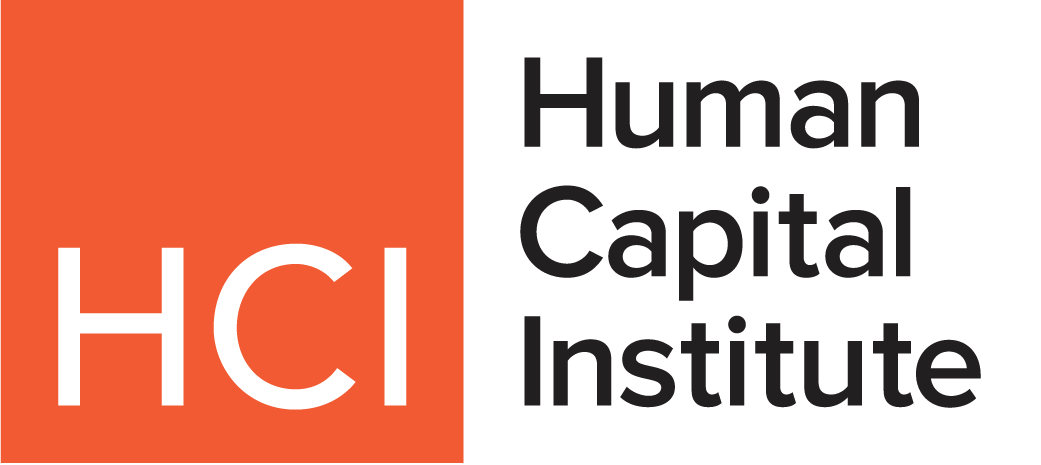Fifteen years after the Affordable Care Act (ACA) became law, noncompliance with the employer mandate is no longer a gamble—it’s a guaranteed financial hit. Paying Internal Revenue Service (IRS) penalties can cost six figures annually, with no tax benefit. Providing affordable health insurance coverage not only saves money after deductions but also strengthens your workforce.
Noncompliance is Expensive, Shortsighted, and Harmful
The ACA has been the law since March 2010. In its early years, resistance to the law’s employer mandate was far more common, fueled by uncertainty over whether the Act would survive legal challenges or repeal.
But today, after more than a decade of court rulings, congressional attempts at repeal, and administrative changes, the ACA is firmly entrenched. For employers with 50 or more full-time or full-time-equivalent employees—known as applicable large employers (ALEs)—the debate over whether to comply is no longer about the law’s future. It’s about the financial reality: Noncompliance is expensive, shortsighted, and ultimately more harmful to a business than simply providing coverage.
Penalties Add Up, With No Benefits
The employer mandate requires ALEs to offer affordable, minimum-value health insurance to at least 95% of their full-time employees and their dependents. If an employer fails to meet this standard, the IRS can impose significant penalties. Unlike wages or employee benefits, the penalties are not tax-deductible. In other words, every dollar paid in fines is a dollar lost, with no offsetting tax benefit. By contrast, the cost of subsidizing employee health insurance is generally deductible as a business expense, immediately reducing the net cost to the company.
Under the 2025 affordability standard, a plan is considered affordable if an employee’s share of the premium for single coverage doesn’t exceed 9.02% of the employee’s household income. Importantly, the ACA doesn’t require employers to cover the full cost of premiums; they’re only responsible for subsidizing enough to meet this affordability threshold. This means compliance can often be achieved at a lower cost than many employers initially assume, especially when tax deductions are factored in.
The penalties for failing to comply, however, add up quickly. An employer that doesn’t offer coverage to at least 95% of eligible full-time employees can be hit with the so-called “Penalty A,” equal to $2,000 per full-time employee after the first 30 employees. For example, a company with 100 full-time employees that offers no coverage could face an annual penalty of approximately $140,000, every penny of that fine being nondeductible. Even if an employer offers coverage but it’s deemed unaffordable or fails to meet minimum-value standards, it can still face the “Penalty B” of $3,000 for each employee who obtains subsidized coverage through the marketplace.
Some business owners have attempted to sidestep these obligations by dividing their workforce among multiple LLCs or entities, but the ACA’s aggregation rules prevent this tactic from working. Under these rules, businesses under common ownership or control are treated as a single employer for ACA purposes, and the total number of employees across all related entities is counted toward the 50-employee threshold.
Bottom Line
When the ACA was new and its future uncertain, taking a wait-and-see approach may have felt like a calculated risk. But that moment has passed. Today, noncompliance doesn’t just risk fines—it wastes money. For many employers, the cost of penalties will exceed the after-tax cost of subsidizing health insurance, all while offering no benefit to recruitment, retention, or employee well-being. In a tight labor market where health benefits remain one of the most sought-after perks, the decision to comply is no longer just about avoiding IRS penalties—it’s a strategic investment in the business itself.
Jacob M. Monty is a partner with Monty & Ramirez, LLP, in Houston. You can reach him at jmonty@montyramirezlaw.com.




